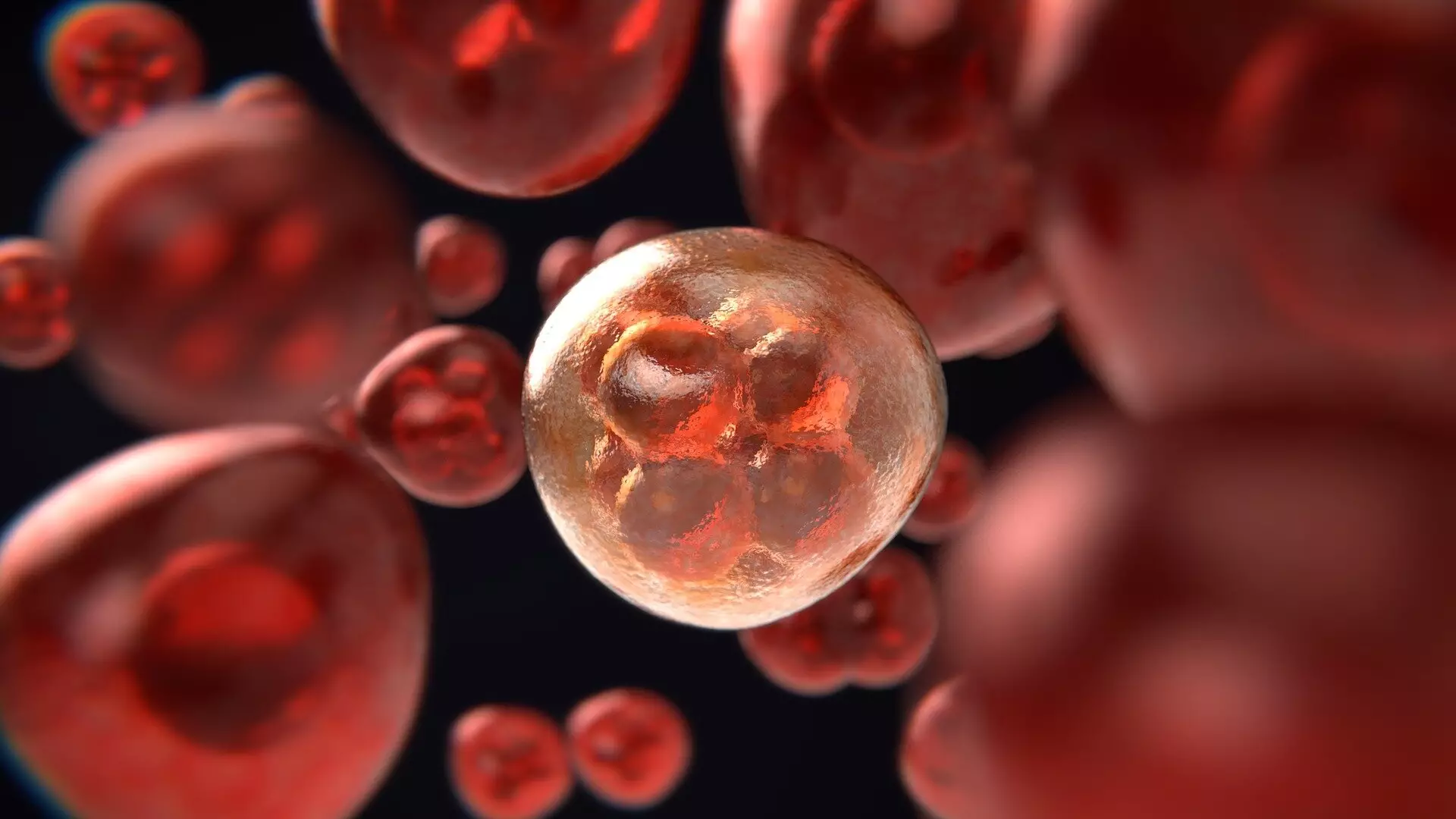Understanding the intricate mechanisms of cancer cells has always been a challenging task for scientists. However, a groundbreaking new technique has recently emerged, allowing researchers to delve into the world of cancer cells in a way never done before. By sampling and analyzing the fatty contents of individual cancer cells, scientists are gaining unprecedented insights into how these cells communicate and respond to their environment.
A recent study led by the University of Surrey has revolutionized the way we study cancer cells. By employing cutting-edge technology and collaboration with industry partners, researchers have successfully extracted single live cancer cells and measured the fatty lipid compounds inside them. This groundbreaking work, published in Analytical Chemistry, has opened up new avenues for understanding the complexities of cancer at the cellular level.
Dr. Johanna Von Gerichten, from Surrey’s School of Chemistry and Chemical Engineering, highlighted the challenges posed by the heterogeneity of cancer cells. The unique nature of each cancer cell makes it difficult to design effective treatments, as some cells are more resistant than others. Studying live cells under a microscope and analyzing their fatty contents individually provides a much-needed solution to this problem. This approach allows researchers to gain a comprehensive understanding of the makeup of cancer cells and how they respond to various stimuli.
Utilizing Yokogawa’s Single Cellome System SS2000, researchers were able to extract single live cancer cells with remarkable precision. This innovative system employs tiny tubes that are only 10 µm across, enabling the isolation of individual cells. By staining the cells with fluorescent dye, researchers could track lipid droplets inside the cells, which are believed to play a crucial role in cancer. Furthermore, the development of a new method using a mass spectrometer by partners at Sciex allowed researchers to fragment the lipids in the cells, revealing valuable insights into their composition.
Professor Melanie Bailey emphasized the potential applications of this technique in studying other types of cells beyond cancer. Through the SEISMIC facility for single and sub-cellular “omics,” researchers will have the opportunity to explore various cellular phenomena related to infection, immunity, and more. Additionally, collaboration with the International Atomic Energy Agency will enable a deeper understanding of why certain cancer cells exhibit resistance to radiation treatment.
Dr. Carla Newman, Associate Director at GSK, expressed optimism about the future implications of this research. The ability to study cancer cells at such a detailed level opens the door to uncovering how individual cells communicate with each other. This newfound knowledge could potentially lead to the development of targeted treatments tailored to the specific characteristics of cancer cells, revolutionizing the field of oncology.
The innovative technique for studying cancer cells represents a significant leap forward in cancer research. By analyzing the fatty contents of individual cells and observing their behavior in real-time, researchers are gaining unparalleled insights into the workings of cancer at the cellular level. This breakthrough has the potential to revolutionize how we approach the treatment and understanding of cancer in the future.


Leave a Reply